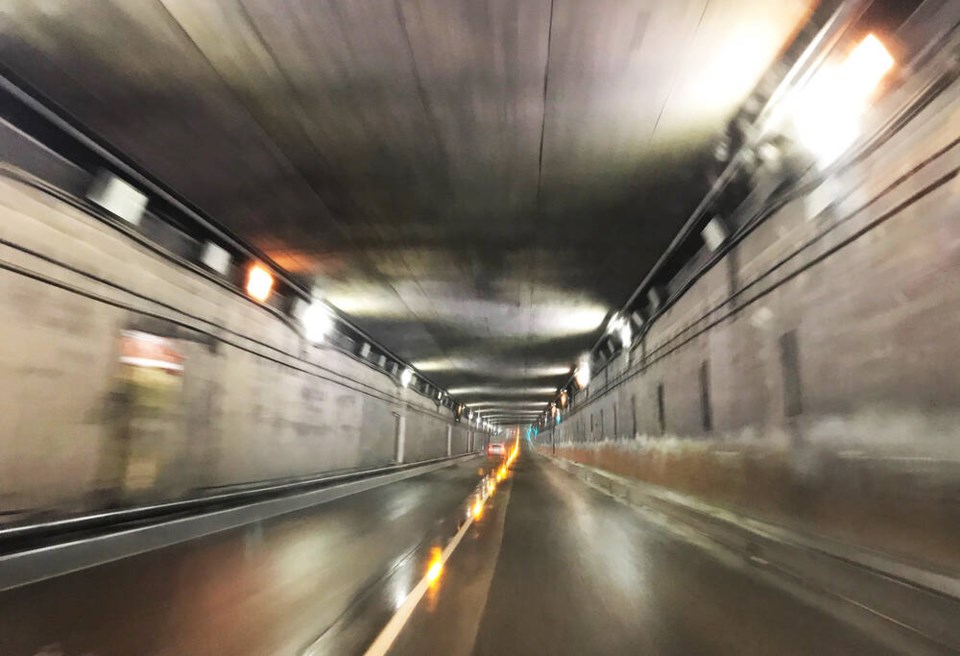Work hasn’t even begun yet on the multi-year, multi-lane, multi-billion dollar Fraser River tunnel so it might be early to talk about its name.
But the eight-lane passage, when it opens sometime in 2030, won’t be called the George Massey Tunnel.
The Ministry of Transportation and Infrastructure confirmed with the Optimist that the tunnel will have a new name and that a government naming process, “will ensure the name reflects the values of all British Columbians.”
However, details about that process won’t be released until later in the project.
The existing tunnel, originally known as the Deas Island Tunnel, was opened in 1959 by Queen Elizabeth and was a tolled crossing charging motorists 50 cents a trip. Those tolls were removed in 1964 once most of the costs of the tunnel were paid.
The tunnel was renamed the George Massey Tunnel in 1967 after Delta MLA George Massey, three years after his death.
Delta Coun. Dylan Kruger said the tunnel should be named after Delta South MLA Ian Paton who has pushed for years for the project.
“Nobody has done more than Ian to fight for this crossing,” Kruger said.
He doubts that a new tunnel would even be on the agenda if it wasn’t for Paton pressuring the government, he added.
“There should be a way to recognize him for all that he’s done, not unlike what George Massey did many years ago to fight for the original Deas Island crossing,” said Kruger.
Kruger would also like to find a way to recognize pioneer John Sullivan Deas who opened a salmon cannery on the island that bears his name as well as the Musqueam and Tsawwassen first nations.
He added that council is still waiting to hear the business case from the province for a second exit out of the tunnel at River Road to connect to Ladner.
“We will not be satisfied unless that second exit is included in the scope, because a $4-billion project, it’s an absolute necessity for us,” Kruger said.
Paton said he’s been pushing for the bridge for years and wonders why the original name of the old tunnel, the Deas Island Tunnel, was changed in the first place. “So why not rename it back to the John Deas Tunnel … the Deas Island Tunnel?”
However, the Ministry of Transportation and Infrastructure has said building that exit depends on funding from Ottawa.
Mayor George Harvie said the name of the new tunnel is the furthest thing from his mind. He just wants construction to start.
Harvie said he’s still waiting for a report on the environmental assessment and if procurement has started and can’t be certain when construction will start. But there’s a lack of information available now, he added.
Delta has not received any federal funding, Harvie said, citing the rejection by Ottawa of Delta’s application for Housing Accelerator funding that helps cities with costs that would speed up home building.
“For TransLink, we have not received any sustainable funding from the federal government. And for Metro Vancouver, we have not received any sustainable funding for the large projects that we have to do to accommodate the growth that’s anticipated to 2030,” Harvie said.
“It’s just discouraging. It really is.”
A transportation ministry news release in October said that three bid teams have been invited to submit proposals to design and build the new tunnel.
The design team is supposed to be chosen this spring and a contract awarded in 2025, with construction to start in 2026, with tunnel completion by 2030. The tunnel will have three lanes each way for vehicles, a transit lane in each direction, as well as a separate bike and pedestrian lane.
Total estimated cost of the project is $4.15 billion.



